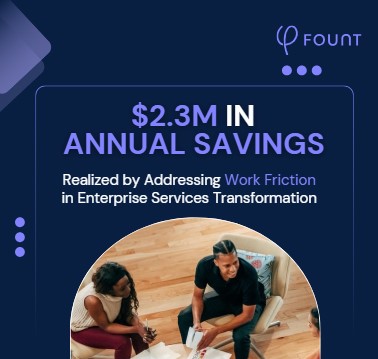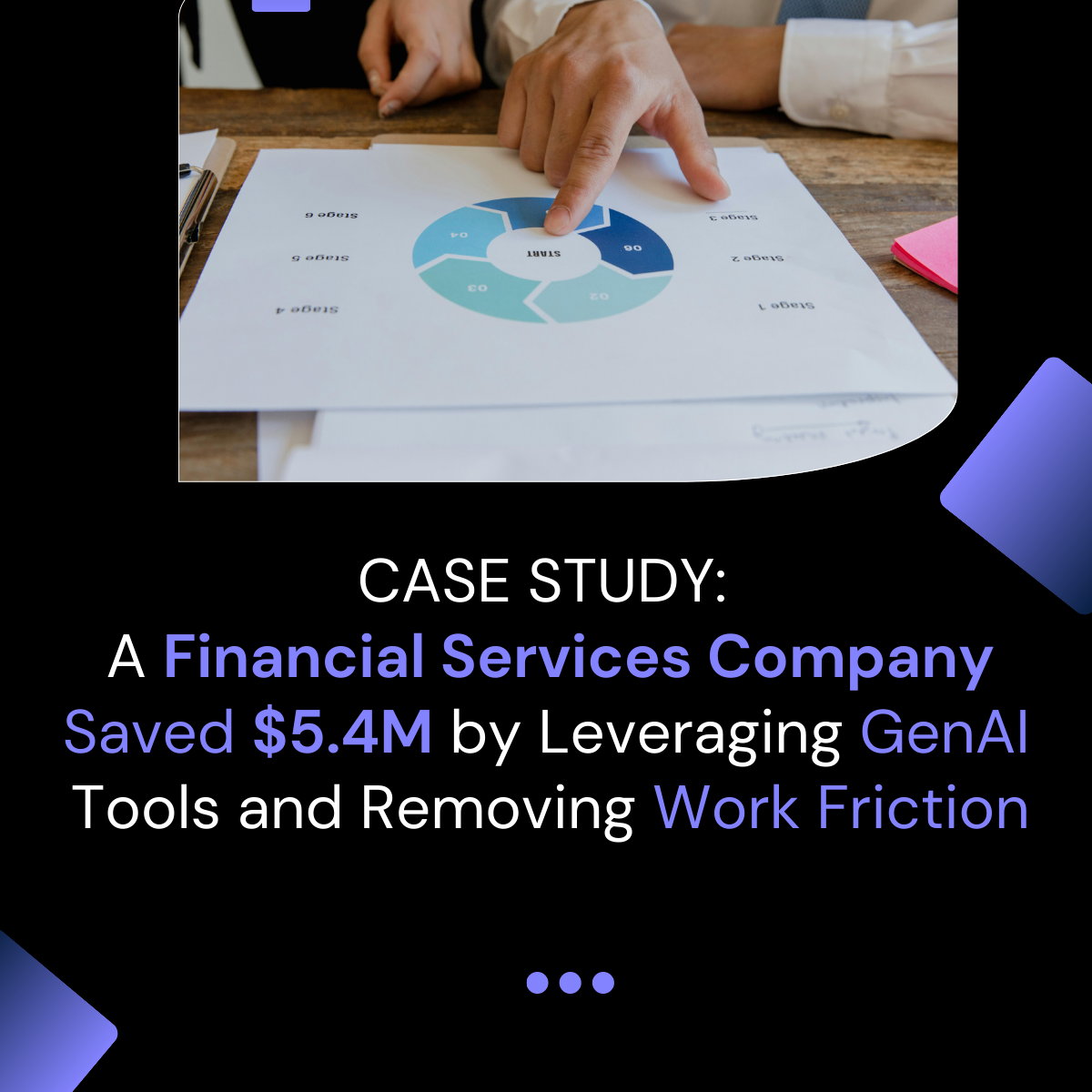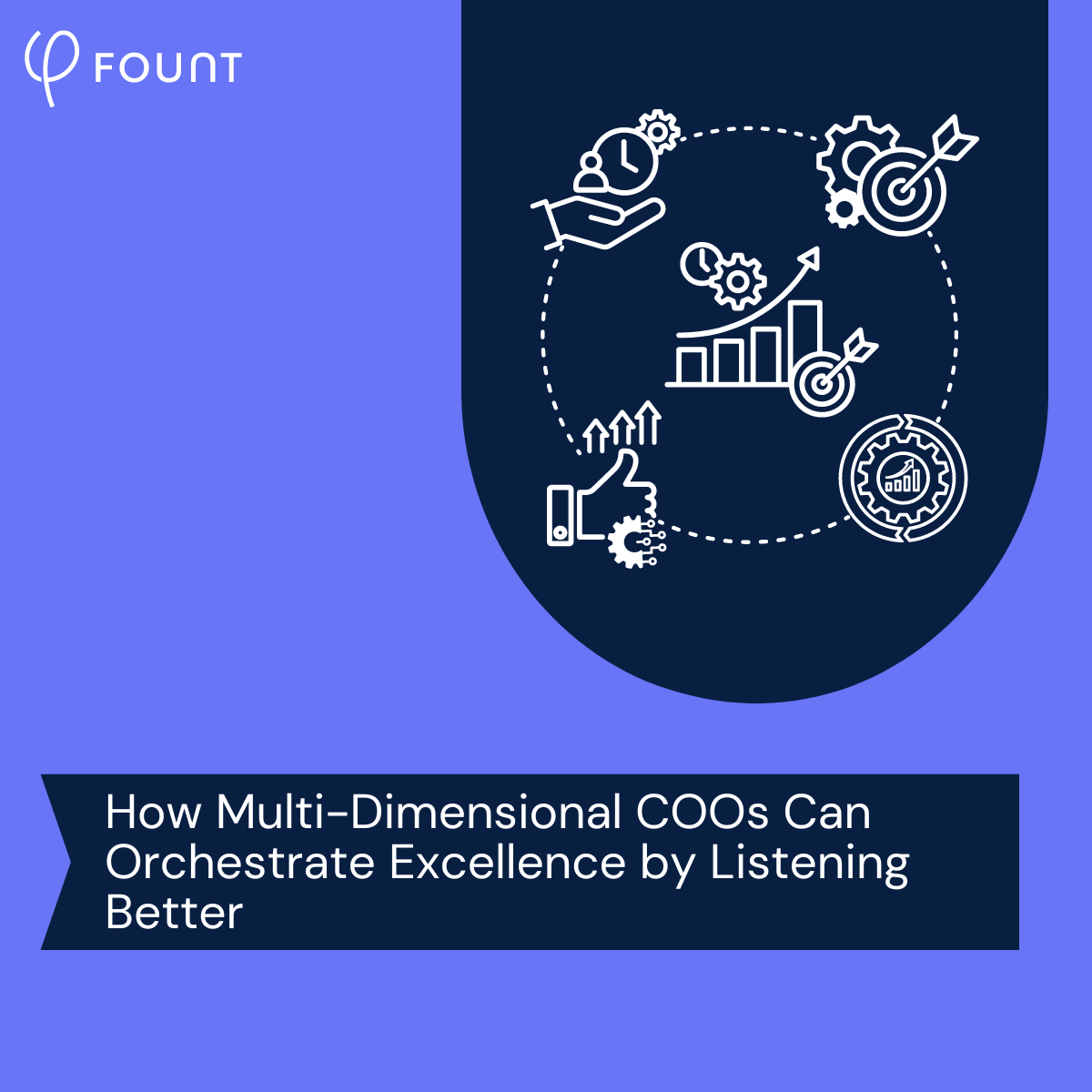Table of Contents
- 1. Get Senior Leadership to Commit to Acting on the Data You Gather
- 2. Define Who Owns What Outcomes
- 3. Assign KPIs to Outcome Owners
- 4. Educate Everyone About the Data You’re Using
- 5. Get People on Board with Data-Driven Narratives
- 6. Tailor Messaging to Different Employee Groups and Settings
- 7. Prepare for Resistance
- Change Management Is Essential to Successful Digital Transformation
Original Research: 7 Ways to Make Change Happen in Large Enterprises
Change is hard – especially at enterprises. The good news: new research reveals 7 strategies that make change easier.
by Ann-Sophie Schreiber, a Product and Business enablement lead at FOUNT. She helps B2B SaaS teams scale smarter. At FOUNT Global, she drives product enablement, AI innovation, and operational efficiency, ensuring global teams have the right strategies, tools, and processes to succeed.
Ann-Sophie aligned our global teams across (AI) tools and processes, optimized internal IT, and temporarily led customer success initiatives, all while earning top honors in her Master’s in Management from Macromedia.
Change is hard at any scale. In enterprise organizations, it can feel impossible – the classic image of turning an ocean liner comes to mind.
But in new research that includes in-depth interviews with eight leaders of global enterprise organizations, Ann-Sophie Schreiber, a Product and Business enablement lead at FOUNT, identifies seven strategic ways stakeholders at large enterprises can overcome the politics and make change happen.
Her research, which contributed to her being awarded the presidential award for her master’s degree across all campuses and study programs of the Macromedia University of Applied Sciences, focuses on implementations of FOUNT. Our approach uses data gathered from focused employee surveys to identify problem areas and opportunities and reduce the friction employees experience doing their everyday work. FOUNT is typically used as a transformation accelerant, meaning the tactics uncovered in this research are applicable to digital transformation efforts more broadly.
Related: How Customers Use FOUNT
1. Get Senior Leadership to Commit to Acting on the Data You Gather
One key to success many surveyed leaders identified was explicit and ongoing commitment from the C-suite to act on the data gathered.
“Achieving commitment [from employees] is significantly easier when senior leaders, particularly the CEO, are enthusiastic and supportive,” noted one leader. Another emphasized the importance of having “a fundamental understanding and commitment from leadership” to act on results.
This is particularly important when someone other than a C-suite exec is the one who champions the transformation internally. While the initial work of gathering data and identifying problem areas may be relatively quick, it can be difficult to address those problems without support from the highest levels. What’s more, the data itself has to be actionable enough that leaders feel confident acting on it.
Even committed C-suites, however, may not be able to effect change if the organization lacks HR maturity. For example, enterprises that lack systems for serving employees at scale will also struggle to distribute survey results, educate workers about what those results mean, and build enthusiasm for implementing change. Schreiber’s research suggests that organizational maturity is a contributing factor to how easily change can be implemented.
2. Define Who Owns What Outcomes
The flip side of having high-level support is making sure the day-to-day managers who will oversee the implementation of changes understand what their roles are in the transformation.
In some cases, leaders mentioned that they lacked clarity on roles, which made it difficult to “enforce” the transformation.
One leader suggested engaging people who have both “the authority and the motivation” to put survey findings into action.
3. Assign KPIs to Outcome Owners
One of Schreiber’s hypotheses going into the research was that assigning KPIs would make people more engaged in a large-scale transformation by creating a sense of ownership and accountability.
While many of the leaders she spoke to confirmed that KPIs can be effective, they also highlighted a few caveats: first, it’s hard to implement a KPI approach without clear role definition (see #2).
Another note was that budget and time constraints can mean that outcome owners “lack immediate capacity to address new issues” like transformation priorities.
As noted in #1, getting executive leadership on board can help overcome these challenges, in part by re-prioritizing outcome owners’ assignments.
4. Educate Everyone About the Data You’re Using
FOUNT’s approach to identifying problem areas within an organization is unique. As such, those leading transformations based on FOUNT data will need to educate everyone in the enterprise about that data: what it is, how it works, why it’s valid, and so on.
One leader interviewed, for example, noted frustration that stemmed from some stakeholders questioning the validity of the data gathered. In some cases, they used “discussions around statistical significance as an excuse to avoid engaging with the results.”
Data education is a thorny problem in any context; in the context of a transformation backed up by FOUNT data, it can be even more so. Data literacy in general varies greatly from one person to the next; in some cases, decision makers may ask questions about the data that stakeholders don’t feel equipped to answer (which, indeed, one of Schreiber’s interviewees noted).
5. Get People on Board with Data-Driven Narratives
While everyone may need some degree of data education, it’s important not to go overboard explaining theoretical frameworks. As one leader noted, most employees are more concerned with practical solutions to their work than the theoretical underpinnings of why those solutions are viable.
So, while C-suite executives and other decision makers may require more details about the validity of the data driving your transformation, most people may need only basic information.
What everyone will need, however, are narratives built on the data itself.
Multiple leaders noted that using data to create narratives helps motivate stakeholders and employees to address known issues. In other words, everyone might be aware that manual data entry is time-consuming and error-prone; if FOUNT data reveals that the real barrier to adopting an AI-powered automation tool is insufficient training, framing the narrative around how a short, targeted training session can boost confidence, and efficiency will encourage employees to embrace the new technology.
6. Tailor Messaging to Different Employee Groups and Settings
As you build data-driven narratives, be careful to tailor them to your audience. The C-suite needs different information than outcome owners, who need different information than employees.
Similarly, context and timing matter: a message about how a new process will streamline workloads by a certain number of hours per week may sound exciting for a team struggling with high workloads but sinister for one concerned about layoffs.
In fact, spending 1:1 time with key individuals to get them on board with the planned changes, rather than mass-broadcasting the information (and FOUNT data) on which the decisions are based, has proven to be more successful. This approach helps people feel more engaged and individually addressed, while also providing an opportunity to surface and address concerns early – before they spread across an entire group.
7. Prepare for Resistance
Again: change is hard. When presented with the option, many people resist change. That resistance takes many forms: for example, it might look like executives questioning the statistical significance of your data.
It might look like employees ignoring confusing updates about new processes or tech.
The tactics outlined in this piece will help overcome some resistance to change, but they won’t eliminate it – and that’s okay. Resistance is part of the process. Preparing for it will help ensure your planned implementation is that much sturdier and more likely to deliver meaningful change to the bottom line.
Change Management Is Essential to Successful Digital Transformation
Whether you’re leading a digital transformation to reduce work friction for your employees, implement new technology, or otherwise change the way people work, change management will be an essential part of the process.
Using data as part of that change management – both to assess progress and hold stakeholders accountable and to communicate the tangible benefits of the transformation – can make for more effective change management tools.
For more insights into Schreiber’s award-winning research, reach out to her directly at ann-sophie.schreiber@getfount.com or on LinkedIn.

Related Resources
See all News
Events
LIVE Webinar – July 9th for SSON Network. Beyond AI Hype: How to De-Risk Your GBS Transformation with Friction Data
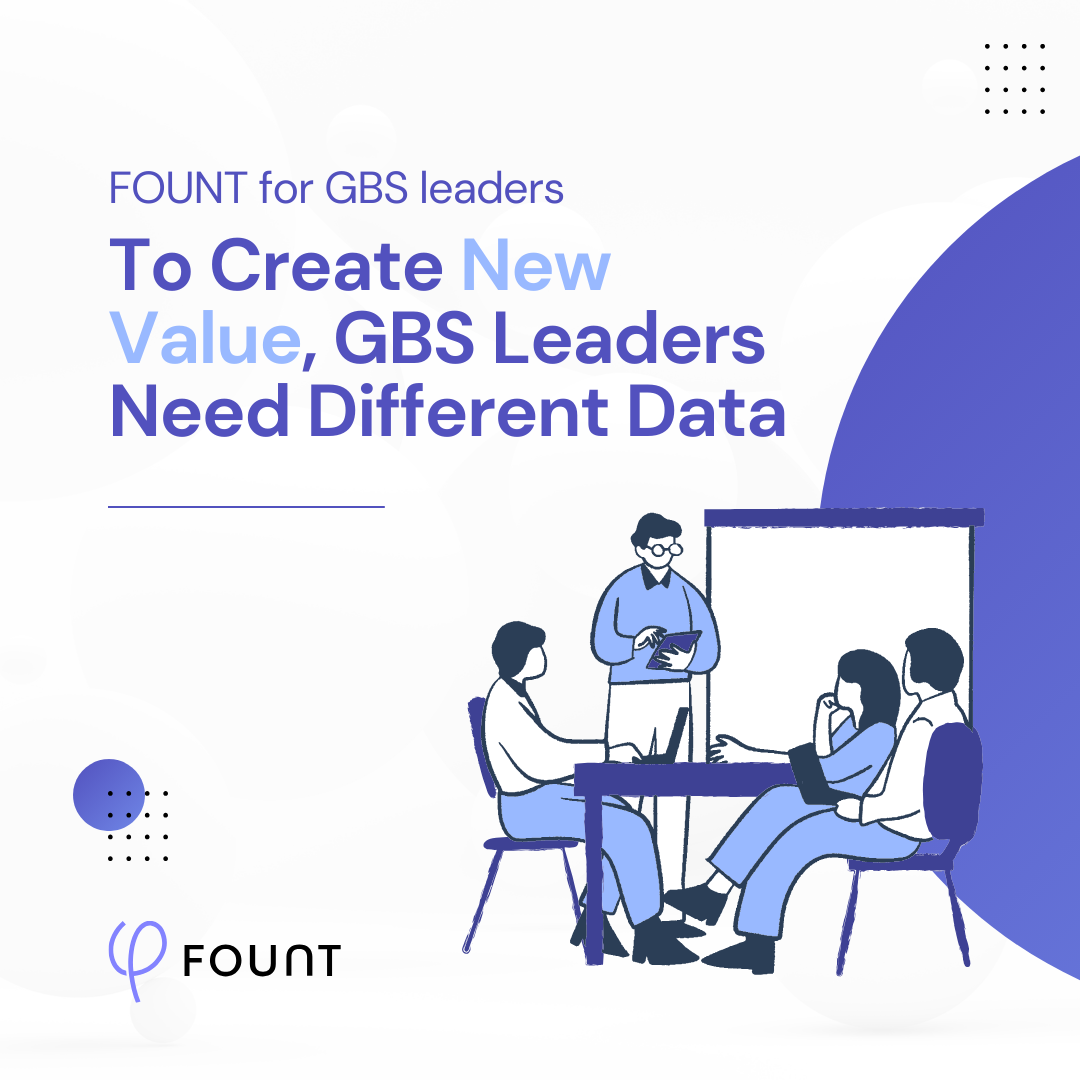
Insights
To Create New Value, GBS Leaders Need Different Data
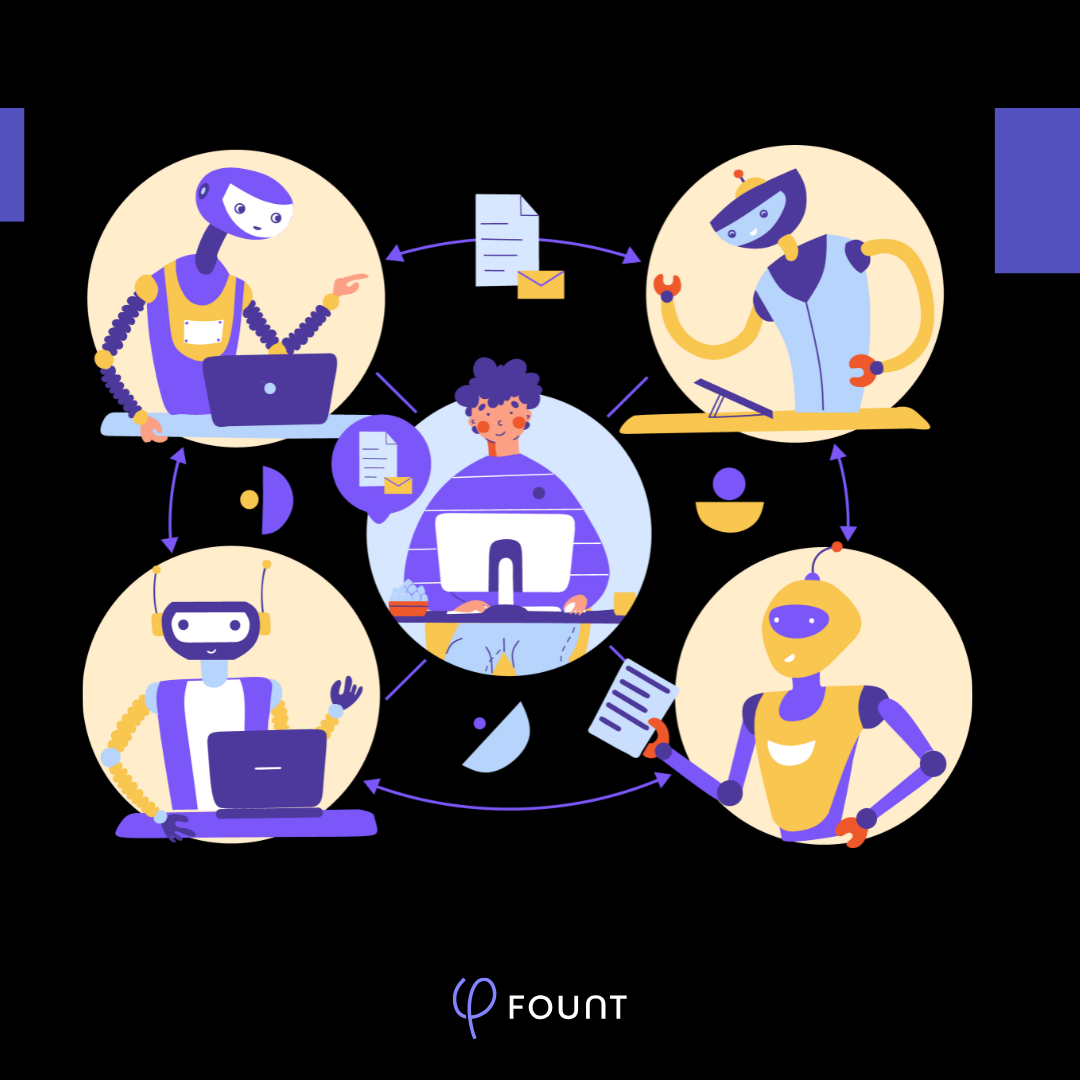
Insights
How to Keep Up with the Latest AI Developments
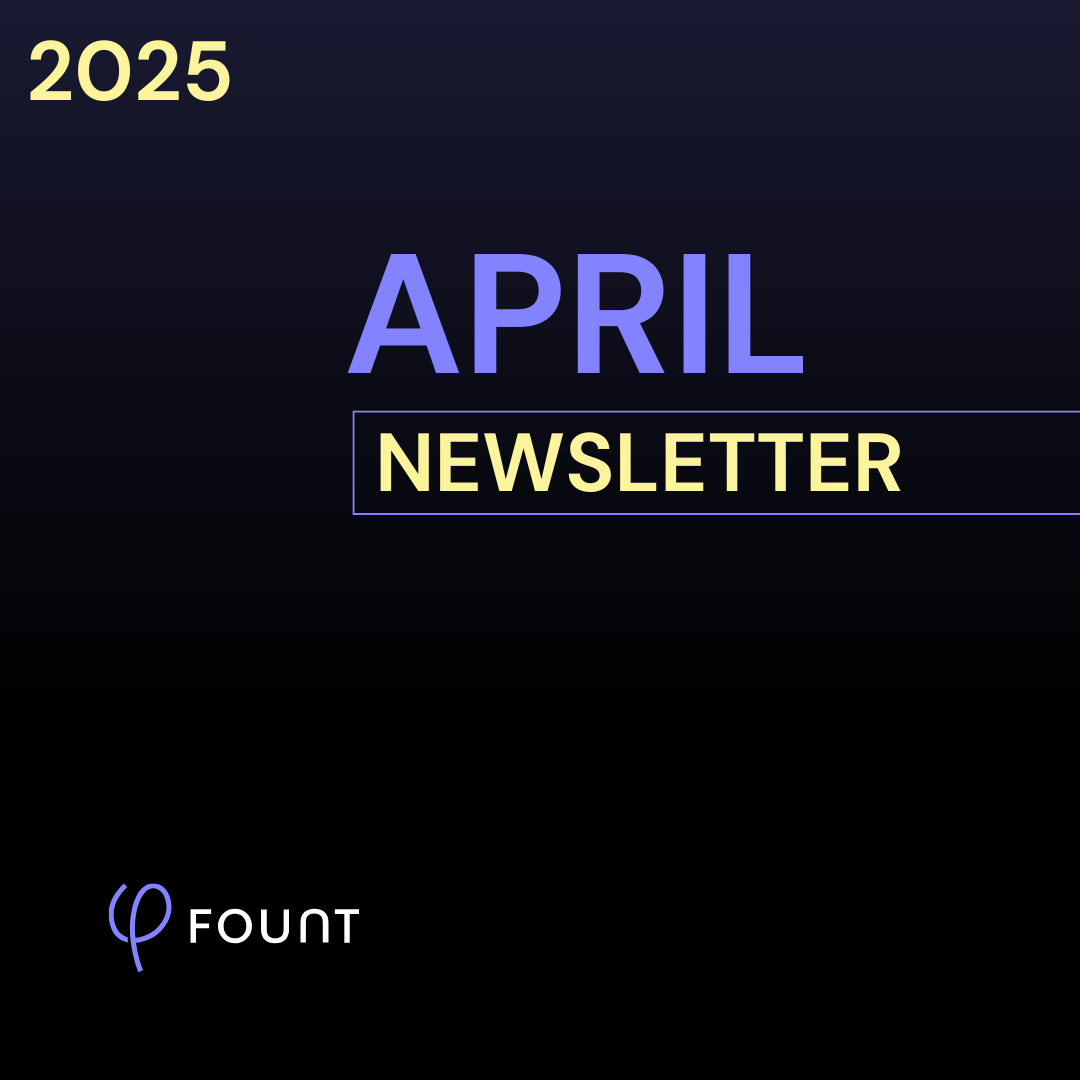
Insights
APRIL Newsletter. Friction: You Can’t Improve What You Can’t See

Guest Post
AI is Reshaping the HR Operating Model: Here’s What 15 Leading Companies Discovered
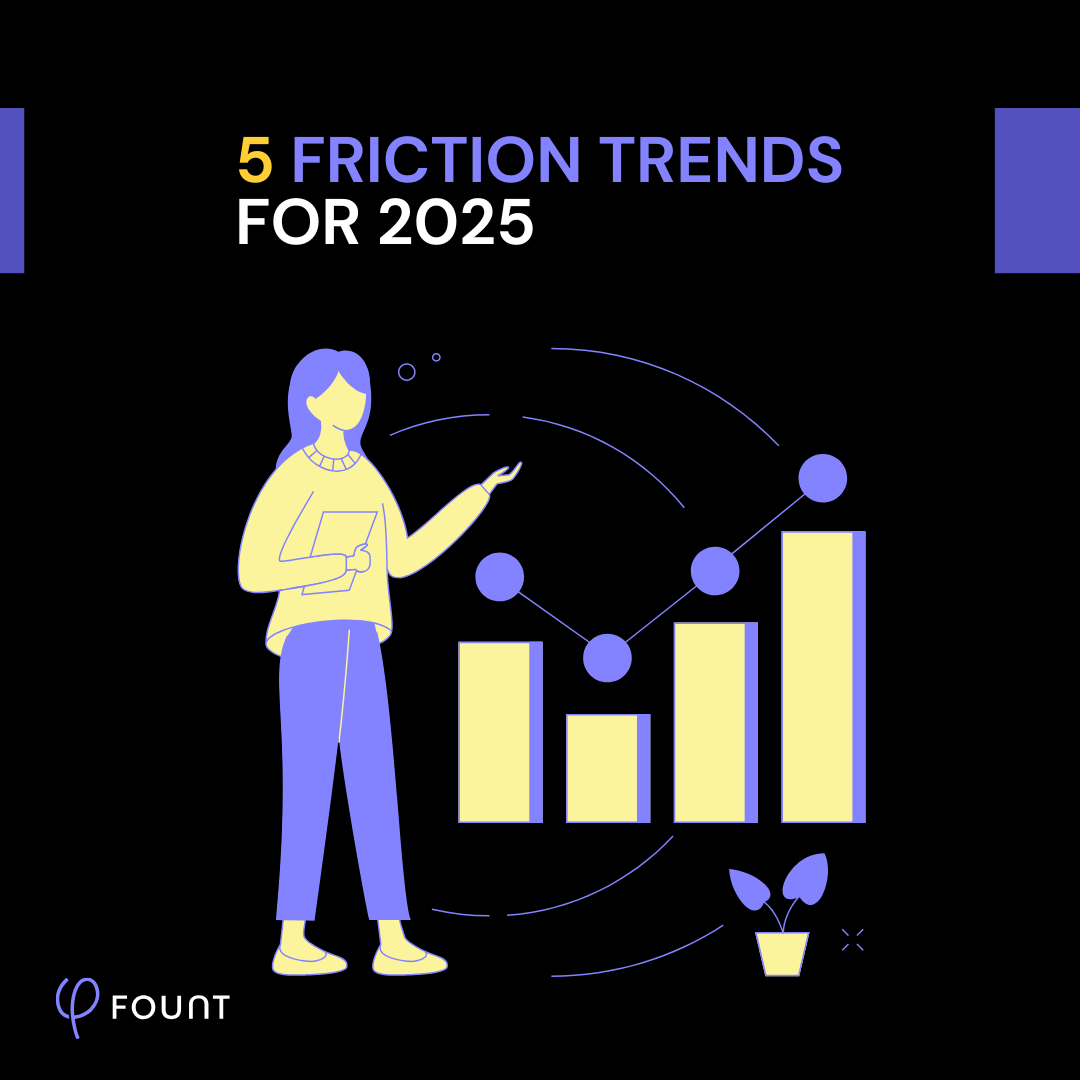
Insights
5 Friction Trends for 2025
Research
WHITEPAPER: Work Friction

Insights
FOUNT vs. Process Mining vs. Employee Engagement
